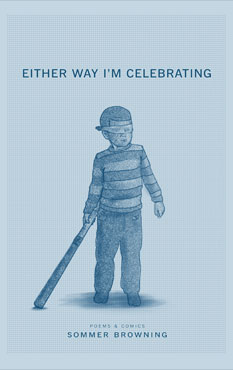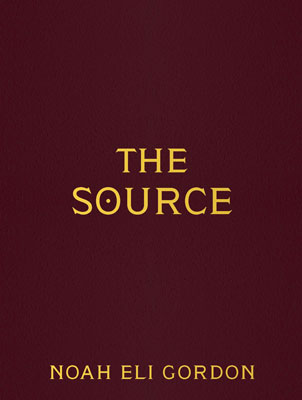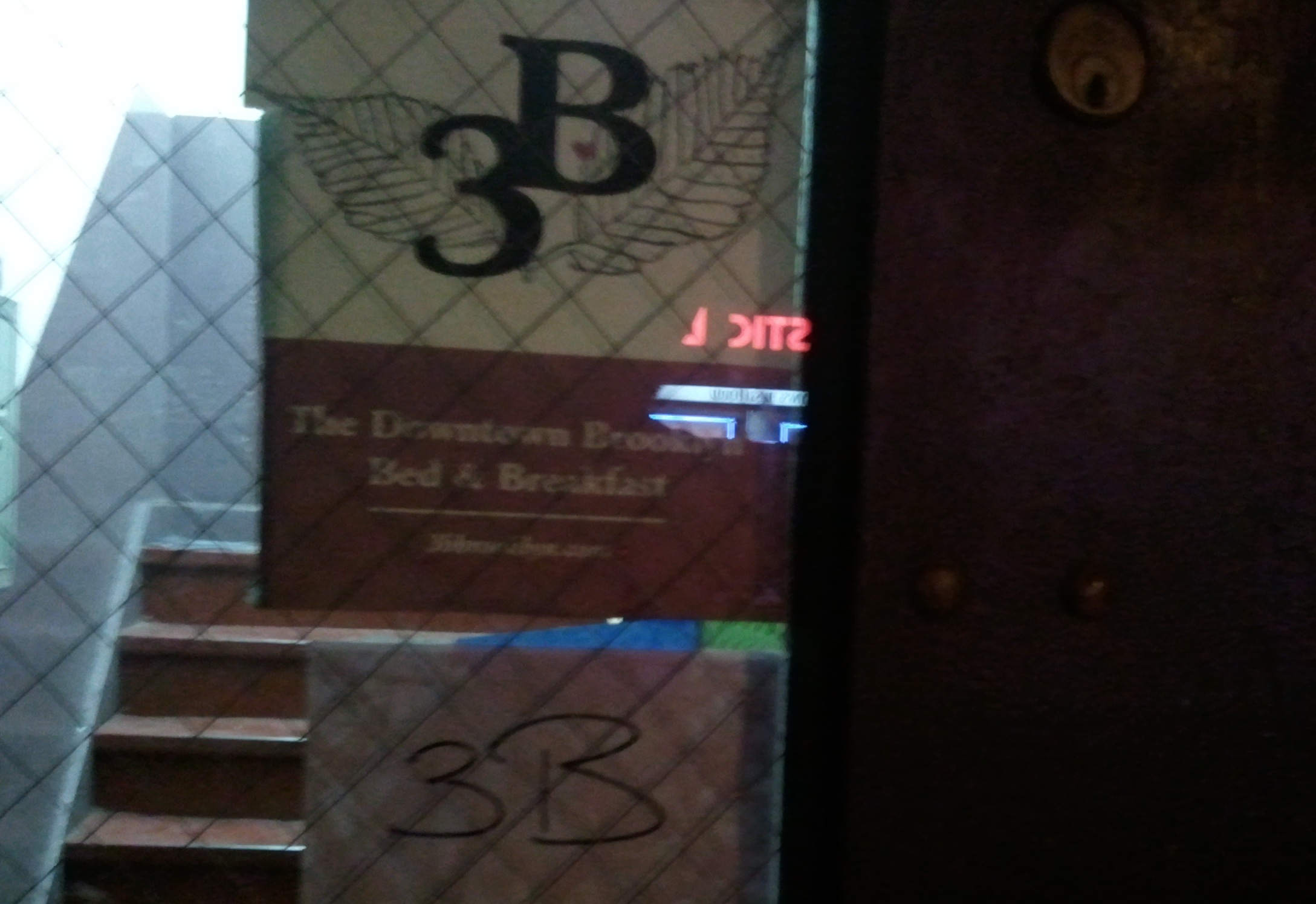The Spirit-Bone of Water

Wilson Harris
In this 2003 interview with Fred D’Aguiar, Wilson Harris speaks of place as character:
FD’A: A great magical web born of the music of the elements is how one may respond perhaps to a detailed map of Guyana seen rotating in space with its numerous etched rivers, numerous lines and tributaries, interior rivers, coastal rivers, the arteries of God’s spider. Guyana is derived from an Amerindian root word, which means “land of waters.” The spirit-bone of water that sings in the dense, interior rain forests is as invaluable a resource in the coastal savannahs which have long been subject to drought as to floodwaters that stretched like a sea from coastal river to coastal river yet remained unharnessed and wasted; subject also to the rapacity of moneylenders, miserable loans, inflated interest. READ MORE >
What books are you looking forward to this summer? IT DOESN’T MATTER. (via Chris Toll.)
Doing the Things You Ain’t Sposed To Do

J. Robert Lennon’s Ward Six blog has something interesting at least twice a week. The latest post, “Forbidden things you can do anyway,” concerns:
an amusing exchange with a friend on facebook, a fellow teacher, who presently is grappling with inexperienced writers’ mistakes. She has been citing the mistakes, and then I have been firing back with examples of really good fiction that uses the “mistake” to greater ends. For instance, to “it was all a dream” I countered David Foster Wallace’s “Oblivion.” “Everyone dies in a car accident at the end” reminded me of Charles Baxter’s “Saul And Patsy Are Getting Comfortable In Michigan” (although he did bring them back to life in a later story and novel). And when my friend complained that her students don’t even know to start a new paragraph for dialogue from a new speaker, I threw down Stephen Dixon’s Interstate.
Reading it put me in mind of a beloved former teacher who intentionally pushed everyone’s dare-me buttons by passing out a list of twenty declarations about writing he called “The Rules” at the beginning of every new class, and no one ever seemed to notice amidst the grousing that Rule #20 was: You can do anything you want, so long as you can get away with it, or that none of his own stories strictly followed the prescriptive regime The Rules would imply.
 This week in one of my classes, a student turned in a story that began: Here I am, facing the blank page, and someone said: You can’t do that. But I was thinking of the second paragraph of E. L. Doctorow’s The Book of Daniel, which goes like this:
This week in one of my classes, a student turned in a story that began: Here I am, facing the blank page, and someone said: You can’t do that. But I was thinking of the second paragraph of E. L. Doctorow’s The Book of Daniel, which goes like this:
This is a Thinline felt tip market, black. This is Composition Notebook 79C made in the U.S.A. by Long Island Paper Products, Inc. This Daniel trying one of the dark coves of the Browning Room. Books for browsing are on the shelves. I sit at a table with a floor lamp at my shoulder. Outside this paneled room with its book-lined alcoves is the Periodical Room. The Periodical Room is filled with newspapers on sticks, magazines from round the world, and the droppings of learned societies. Down the hall is the Main Reading Room and the entrance to the stacks. On the floors above are the special collections of the various school libraries including the Library School Library. Downstairs there is even a branch of the Public Library. I feel encouraged to go on.
A young woman I know once wrote a beautiful story from the point of view of a wine glass that sat in a room where a pair of lovers were ruining themselves. READ MORE >
Noah Eli Gordon & Sommer Browning Reading Tour


In support of both of their new books, Noah Eli Gordon (whose The Source just came out from Futurepoem) and Sommer Browning (whose Either Way I’m Celebrating just came out from Birds LLC) are hitting the road and the nation with some singular languages. Come do a look and hear where you can. I just read Sommer’s book of poems and comics and it is brimming with some other energy, kind of like if Dickinson & Kafka had survived to see the advent of malls and complex sugars (or not at all, but you know… it’s electric). Noah’s book, based on his “ambient research” of a year of reading only page 26 of books, is currently glowing in my wait-brain to be eaten hard. Do not miss!
If your city doesn’t appear here, fret not: Noah & Sommer will be reading live here on the site for the return of our Live Giants reading series. Plan to show up March 15th at 9 PMish. More info later. Dates after the jump.
Lydia Millet Interview at Willow Springs
Sam Ligon interviewed Lydia Millet in Willow Springs. You can read the full interview here (pdf).
Millet: I was asked recently whether I considered my taste to be minimalist in prose, and I never thought of myself that way, but I do like a lot of space on the page. That is to say, not actual physical white space, but I like there to be space, as with, say, some Nabokov, where there’s a lot of metaphysical space that’s somehow created by the language. I don’t like to be overwhelmed with words. I don’t want someone to try to do some “Wham, bam, thank you, ma’am” with their verbiage. I want there to be room for the silence of the mind in the reading.
Well That’s Interesting: 3B Brooklyn

After college John Woods navigated a hectic maze of streets in downtown Brooklyn and dropped me in front of a fried food restaurant. He said, “Where is it,” and I pointed to a little sign in the corner of a window that said, simply, “3B.” I called a number someone named Matt had emailed me earlier in the day and was relieved to hear (your htmlgiant friend and mine) Catherine Lacey pick up. Into the phone she said, “3B Bed and Breakfast, this is Catherine.” I liked hearing a young person say something professional. It’s about time I got some respect around here. Catherine came down and let me in. John drove away, like my mom. READ MORE >
March 5th, 2011 / 11:29 am
Miller, Monica. Slaves to Fashion (2009)
Slaves to Fashion is a pioneering cultural history of the black dandy, from his emergence in Enlightenment England to his contemporary incarnations in the cosmopolitan art worlds of London and New York. It is populated by sartorial impresarios such as Julius Soubise, a freed slave who sometimes wore diamond-buckled, red-heeled shoes as he circulated through the social scene of eighteenth-century London, and Yinka Shonibare, a prominent Afro-British artist who not only styles himself as a fop but also creates ironic commentaries on black dandyism in his work. Interpreting performances and representations of black dandyism in particular cultural settings and literary and visual texts, Monica L. Miller emphasizes the importance of sartorial style to black identity formation in the Atlantic diaspora.
The Pale King Changes
Today at Conversational Reading, Scott Esposito linked to a Google document that showed differences between the recent David Foster Wallace excerpt in The New Yorker titled “Backbone” and a transcription of Wallace reading the same piece in 2000, what Wallace then called ‘a fragment of a longer thing.’
Esposito writes:
It’s common knowledge now that Wallace did not get close to finishing The Pale King, and that the book that will be published on April 15 represents a heavily edited and stitched together version of what Wallace left behind. Clearly, this book has been made to serve the many readers out there who would like to see a completed, standardized version of The Pale King.
For more, go to the full post.
Jennifer Egan wrote a really interesting (and also unexpectedly moving) article about Lori Berenson, recently paroled in Peru after a very long incarceration. I didn’t realize she was both a fiction writer and journalist.

